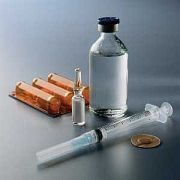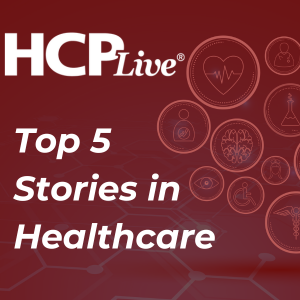Article
INITIATOR Study Pilot Data on Injectable Insulins in Type 2 Diabetes
Author(s):
Initial data show similar efficacy but different costs among injectable insulin treatments for patients who fail oral antidiabetic drugs.

Recent data from a pilot, retrospective phase of a large study comparing insulin glargine disposable pen (GLA-P) and liraglutide (LIRA) for treatment of type 2 diabetes mellitus (T2DM) suggest similar rates of hemoglobin A1C reduction and hypoglycemia in patients with an A1C ≥ 7.0% who have failed oral antidiabetic treatment. However, GLA-P was associated with higher treatment persistence and lower cost when compared with LIRA in this study.
Wenhui Wei, PhD, MBA, MS, and colleagues reported their findings at ENDO 2013: The Endocrine Society’s 95th Annual Meeting & Expo in San Francisco on June 16, 2013.
According to the researchers, the American Diabetes Association (ADA) currently recommends individualized treatment for persons with T2DM and recognizes a lack of comparative data on treatment efficacy. The aim of the study, called the Initiation of New Injectable Treatment Introduced after Anti-diabetic Therapy with Oral-only Regimens (INITIATOR) study, was to compare effectiveness data on injectable T2DM therapy.
Data was collected from claims databases of two large US healthcare companies, OptumInsight™ and HealthCore®. Study subjects were adult patients with an A1C of at least 7.0% who had previous treatment with oral antidiabetic agents only. They also had continuous healthcare coverage for at least six months prior to injectable treatment and at least nine months in follow up. Data for 824 matched patients were included. Outcomes included treatment persistence, A1C reduction from baseline, hypoglycemic events, healthcare utilization, and cost.
This pilot phase data from the INITIATOR study indicated a higher treatment persistence rate with GLA-P (64.3%) than LIRA (51.9%, P = 0.0003). Available data from 186 patients in the GLA-P cohort and 184 patients in the LIRA cohort showed no significant difference in A1C changes between the groups (-0.82% and -0.92%, P = 0.5826). The overall rate of hypoglycemic events was also similar (4.13% vs 2.67%, P = 0.2486). Mean drug costs for the patients receiving GLA-P ($2330) were significantly lower than those for patients receiving LIRA ($3080, P < 0.0001). According to the researchers, this was due to “study drug costs” of GLA-P and LIRA, which were $895 vs $2008, respectively (P < 0.0001).
The findings suggest that for patients with T2DM who are failing oral antidiabetic medication, GLA-P may be associated with higher treatment persistence, similar reduction in A1C, similar rates of hypoglycemic events, and lower drug costs when compared with LIRA. The researchers note that the study findings are limited due to the “retrospective nature and lack of weight data, and need to be confirmed by the full-phase INITIATOR study.”
Study funding and editorial support were provided by Sanofi US, Inc. All authors disclosed financial ties to Sanofi US, Inc.




